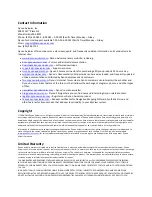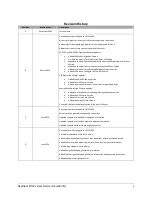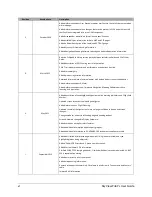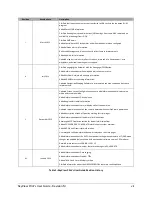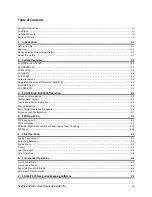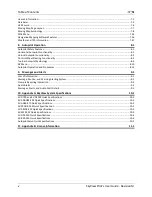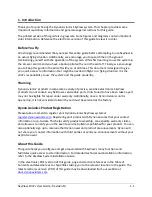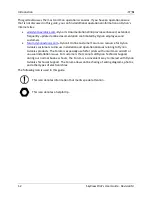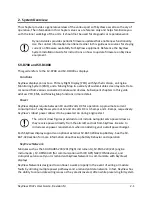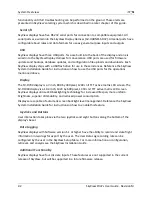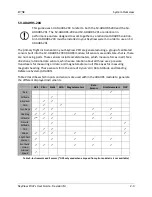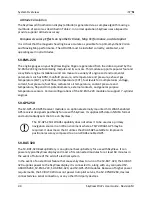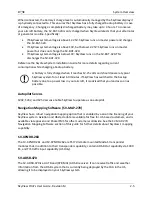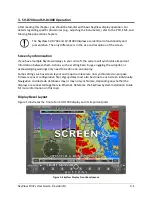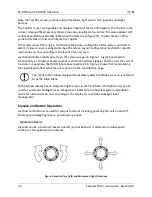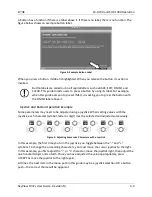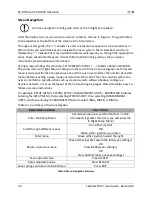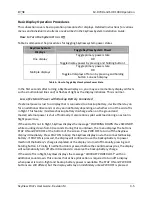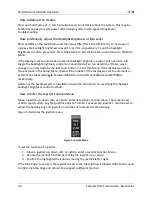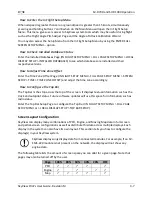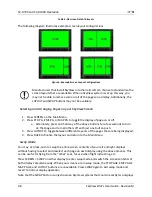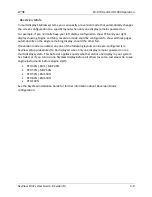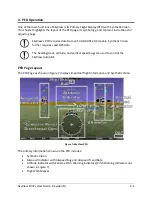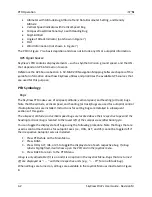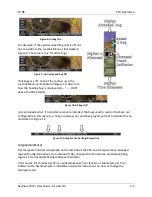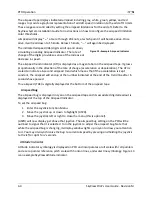
System Overview
SkyView Pilot’s User Guide - Revision M
2-5
When connected, the battery's charge level is automatically managed by the SkyView display it
is physically connected to. This ensures that SkyView has a fully charged backup battery in case
of emergency. Charging a completely discharged battery may take up to 4 hours. To conserve
your aircraft battery, the SV‐BAT‐320 is only charged when SkyView detects that your alternator
or generator is online. Specifically:
If SkyView system voltage is above 12.25V: SkyView runs on master power and charges
the SV-BAT-320.
If SkyView system voltage is above 10V, but below 12.25V: SkyView runs on master
power but does not charge the SV-BAT-320.
If SkyView system voltage is below 10V: SkyView runs on the SV-BAT-320. This
discharges the SV-BAT-320.
Reference the SkyView System Installation Guide for more details regarding current
consumption while charging a backup battery.
A battery is fully charged when it reaches 12.25 volts and should power a typical
SkyView system for at least 60 minutes. If SkyView has switched to the backup
battery due to a power loss in your aircraft, it is advised that you land as soon as
possible.
Autopilot Servos
SV32, SV42, and SV52 servos enable SkyView to operate as an autopilot.
Navigation Mapping Software (SV-MAP-270)
SkyView has a robust navigation mapping option that is enabled by a one-time licensing of your
SkyView system. Aviation and Obstacle data is available for free for US-based customers, and is
available via Jeppesen and PocketFMS for other customer worldwide. See the SV-MAP-270
Navigation Mapping Software section of this guide for further details about SkyView’s mapping
capability.
SV-XPNDR-26X
The SV-XPNDR-261 and SV-XPNDR-262 are TSO’d remote mounted Mode-S transponder
modules that, in addition to their transponder capability, contain ADS-B Out capability via 1090
ES, and TIS traffic input capability (US Only).
SV-ADSB-470
The SV-ADSB-470 is a UAT Band (978 MHz) ADS-B receiver. It can receive traffic and weather
information from the ADS-B system that is currently being deployed by the FAA in the US,
allowing it to be displayed on your SkyView system.

